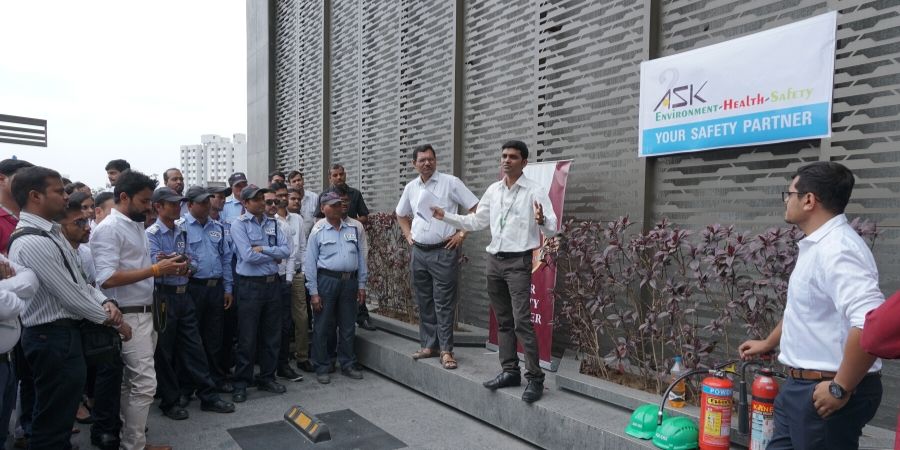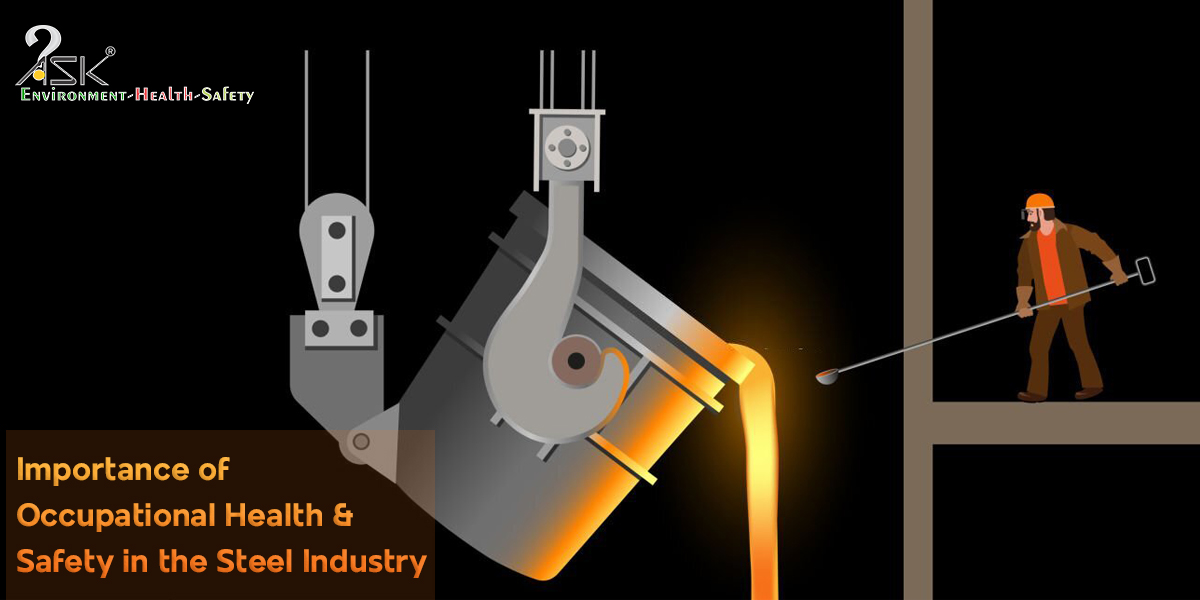Safety day – going beyond the obvious

A concept that isn’t unfamiliar to our routine lives is – safety. We are surrounded by electronic appliances, gadgets, and vehicles that arrive with safety labels and create awareness. In a car travel, the first thing we buckle up are the seat belts; on a motorbike, helmets remain priority. On similar lines, it is important to emphasize on workplace safety as one tends to spend approximately one third of his/her lives working.
Safety day is an organization’s belief of transforming into a resilient safety culture. Commitment to improving safety, fostering success of safety programs and empowering everyone within the organization to be an active part makes up the very foundation of the company that is upheld by everyone including frontline workers and the management.
To empathize safety concerns in a less formal way, team-building activities can help reinforce best practices. Novel ideas that promote the concept of safety encourage those who pursue it – Tata steel being one of them. In their attempts to foster organization-wide safety pursuit, they have rewarded life-savers in the past who played an important role in industrial incidents during the safety week. Their safety week included safety promotional activities like hazard hunt, on the spot and online intranet based safety quiz, mass meetings, inter-divisional safety competitions etc.
Companies can set wider goals for Occupational Health and Safety, and safety week can be the driving force. A training initiative as basic as CPR, which stands most effective while dealing with cardiac arrest victims, can get a large number of people certified and on-board.
There are some safety skills that cannot be inculcated through pamphlets or posters e.g. Fire extinguisher skills and emergency response. Industries, mostly being large in premises, contain number of emergency exits, but there is fair chance of employees being unknown to them. Simply because they might not have encountered any situation till then. Mock drills that emphasize on safe exits in case of an emergency can be one of the programs in the safety week, wherein employees are reintroduced to their premises, but with a much safer approach.
Workplace wellbeing lies in the management style and behaviour of leaders – their trainings can have either a positive or a negative impact on the workers.
Approach towards safety
However, the attitude towards safety remains prime – it requires deeper knowledge of operational conditions and workforce behaviour.
Where efforts to create safe workplaces are never static, safety permeates in an atmosphere of collective and conscious workers that internalize the importance of safety. Take an example of frontline workers – involving them creates buy-in from workers due to their first-hand exposure to safety problems. A co-design process that engages people of all levels in problem definition can help map out solutions that deliver better business and safety outcomes.
A well-mapped out safety program can discover thought-processes of management and the workers e.g. If hazards of a production area are to be identified and there are two teams, one of EHS managers and other of the workers, the result can bring along perspectives and capabilities of different levels. A fun activity can delve deeper into safety aspects of a workplace, which help address issues through collaborative problem-solving in future.
The main objective of safety day is to focus on the magnitude of the problems that lie while dealing with Occupational health and safety at a workplace. It reiterates the importance of safe workplace, reinforces the idea that ‘we’re all in it together’ which promotes a team-centered approach.
Bridging trainings and behaviour change solidify an industry culture – in the world where safety is addressed by ‘how to’, it is time to address the ‘why’. It takes time to create and foster, but is an investment worth-making.


